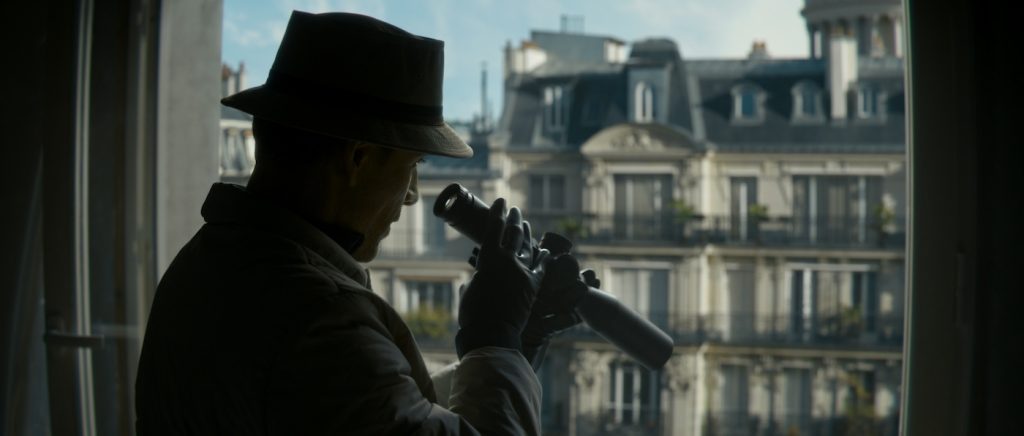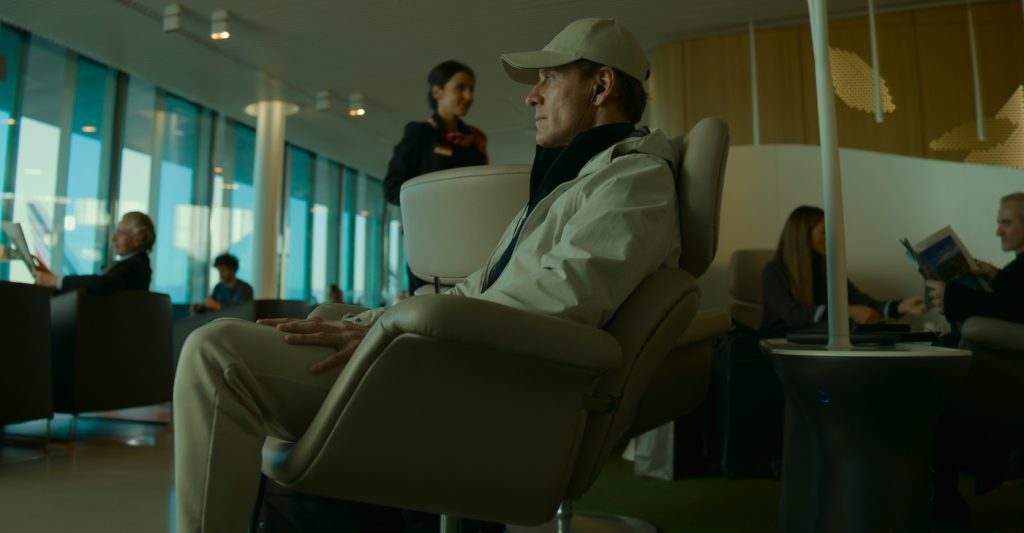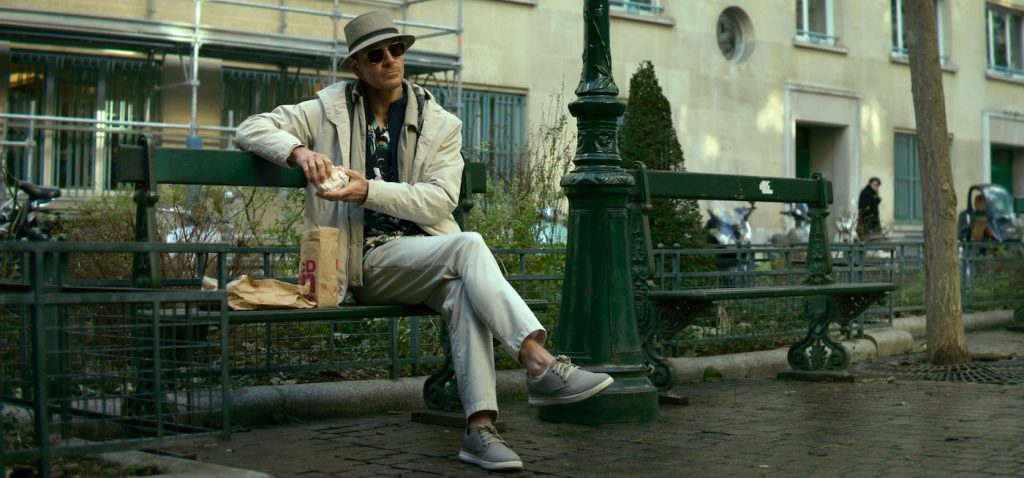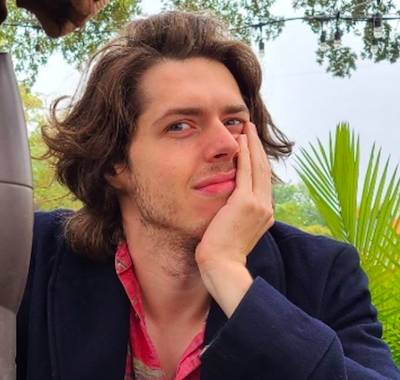“The Killer” Cinematographer Erik Messerschmidt on Re-Teaming With David Fincher
David Fincher’s lean, mean The Killer is a film stripped down to its bare essentials, much like the work of its titular assassin. Based on a French graphic novel and adapted by Andrew Kevin Walker (Se7en), Fincher’s adaptation tells the story of an unnamed killer (Michael Fassbender) and the strict, self-imposed protocols of his trade. It’s the rules of the process that concern the titular character, not moral dilemmas, yet they become unbearably intertwined after he botches an assignment, and the fallout affects someone he loves.
On the surface, The Killer is a revenge story. Once the job goes terribly wrong and his partner, Magdala (Sophie Charlotte), suffers violent consequences, Fassbender’s nameless assassin breaks his own rules to track down those responsible. The Killer is a world of shadows, sociopaths, and the people they prey on. For Fassbender’s antihero, feeling like the prey is a novel concept, and he’s determined to do anything to realign the world so he fits back in as a proper predator.
Once again, the director collaborates with cinematographer Erik Messerschmidt, who has been Fincher’s DP on Mindhunter and Mank. With The Killer, Messerschmidt helps Fincher place the viewer into the cramped, icy perspective of the titular character with a grace that belies the chaos he creates. We spoke to Messerschmidt about his working relationship with Fincher and what it was like to bring The Killer to life.
The Killer is surprisingly detailed about the protocols of its titular antihero. What was it like bringing his world to life?
Well, so much of the film is about redundancy and monotony. I think it took an enormous amount of commitment on David’s part to just lean into it and photograph it. I wouldn’t say I was uncomfortable, but I was nervous that the audience wouldn’t feel completely engaged in that decision a little bit. We talked about it. I said, “God, so much of this is just him sitting in cars watching people. Are we going to stay with it?” And David said, “Well, we’re going to try.” We’ve worked together so much that we have a very, very clear shorthand, and we’re able to express things quite directly to each other, which isn’t always the case.

It’s funny how much this movie is about process and presentation, almost like filmmaking.
It is. I mean, I think that’s more coincidental than anything else, to be honest. I mean, are there similarities between an assassin and a film director? I mean, I guess there’s a process.
The movie is also about the stories we tell ourselves and how we tell them, right?
For sure. I think we all lie to ourselves to some degree throughout our lives. We lie to ourselves about our own confidence. I think the movie is about the tragedy of self-confidence, to some degree, and the fragility of it. I think that the killer really wants to believe that he’s completely in control of everything. Of course, he comes to the end, he realizes he’s not, and he finds a little bit of nirvana through that process. It’s almost like the sublime kind of reality of not having absolute control. You can certainly criticize it or explore it philosophically if you want to.

Or you can just enjoy the simplicity of the genre elements, like the brutal fight scene between the killer and a man in Florida. It’s so dark and vivid. How’d you pull that off?
Well, I had never been more conscious of the use of sound in a film than I was on this movie. And look, filmmaking is an incredibly selfish business. And if you’re a cinematographer, you’re generally very focused on the image, on the photography. And when we made that sequence, there were a couple of things we talked about, like the importance of geography and the audience understanding where they were in the house. We wanted the audience to start to build a virtual 3D model of the environment in their head as they’re going through the house. We were very dogmatic with screen direction and very concerned about cutting. We’re not just shooting on a long lens and seeing stuff tumbling in the frame. Hopefully, you get some more context than that out of the scene. But the other thing was that we were having very active discussions about what can be inferred and what can be understood through sound, and what needs to be seen.
How was prep for that sequence?
I think we prepped that to death, quite literally. Dave Macomber, the stunt coordinator, choreographed the fight. They built the house out of cardboard boxes. He shot a stunt team. We made coverage notes with screen directions. He went back, and they did it again. It was over the course of several weeks of refining and refining and refining. And then we were able to look at it, like, “Okay, we want light here. We don’t want light here. What are the realities of making sure everything is consistent?” I lit the whole house, and then we just methodically went through it.
Like you said, you never thought about sound as much as you did on this movie, so how much did the use of The Smiths influence your choices?
Yeah, that was a late edition. He was playing The Smiths, and he knew he wanted to use the song “How Soon is Now?” They had talked about the kind of cutting between where the sound becomes subjective as well. You hear the headphones, and then you hear the tiny kind of bleed from the headphones when the camera’s outside of his head. We had had those discussions, but the soundtrack and The Smith’s portion of it, I don’t think David had decided on until well into the cutting process.
With a David Fincher movie, you always feel like you’re in good hands as a viewer. Right from the beginning, how’d you both want to set a tone and invite the audience into The Killer’s point-of-view?
Well, I think we’re saying, look at this, this is important, and then we’re going to cut to this. This is important. It’s a bit of a spoon feed intentionally. We want to take you along a ride and give you an experience. It’s everything that’s included in the frame. Every decision we’re making, every cut, is something that was discussed and considered. More than anything before, certainly more than Mindhunter. David was very surgical about how we include things in the frame and how Michael exists within that composition more than any movie I’ve ever done.

In creating these experiences, what about the Red camera speaks to you both?
Well, we’ve shot Red for a number of years. David’s been shooting with Red longer than I have, actually. He started using the red camera on The Social Network. I don’t fundamentally view the camera as having any real impact on the image, and I think it’s a crime to cinema to suggest that. To suggest that the camera, somehow, the camera choice somehow influences the aesthetic is just wrong. I mean, it’s insulting the cinematography. The cameras have certain qualities and certain features that affect the type of photography you can do, but hopefully, I could shoot Alexa and I can get the image to look like that to some degree.
It’s a tool, right?
It’s a tool. It’s like Eric Clapton plays a Stratocaster because Eric Clapton likes it, but he could pick up a Les Paul, and he could play it, but he chooses to play a Stratocaster. I don’t think Clapton would ever argue that it’s a superior guitar. It’s just the tool he’s most comfortable with. I feel the same way about cameras.
For more on big titles on Netflix, check these out:
How Cate Adams’ Costume Design Helped David Fincher’s “The Killer” Disappear
It’s Millie Bobby Brown vs. a Dargon in First “Damsel” Trailer
Featured image: The Killer. Michael Fassbender as an assassin in The Killer. Cr. Netflix ©2023



